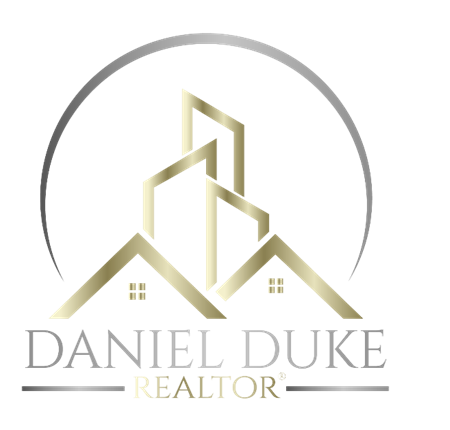As a homeowner, one of the most significant financial assets you possess is the equity in your property. Equity represents the difference between your home’s market value and the amount you owe on your mortgage. For many, tapping into this equity can be a powerful way to access funds for major expenses or investments. One of the most flexible options to do this is through a Home Equity Line of Credit (HELOC).
What is a HELOC?
A HELOC is a revolving line of credit that allows homeowners to borrow against the equity they’ve built in their homes. It works similarly to a credit card: you’re approved for a maximum borrowing limit, and you can withdraw funds as needed, only paying interest on the amount you borrow.
Unlike a traditional loan, which provides a lump sum, a HELOC offers flexibility. You can borrow smaller amounts as you need them, and when you repay part of the principal, you free up more available credit.
How Does a HELOC Work?
A HELOC operates in two phases: the draw period and the repayment period.
Draw Period: This is typically the first 5 to 10 years of your HELOC. During this time, you can borrow funds as needed, up to the approved limit. Most HELOCs require you to make interest-only payments during the draw period, which keeps monthly payments lower but does not reduce the principal balance.
Repayment Period: After the draw period ends, you enter the repayment phase, usually lasting 10 to 20 years. You are no longer able to withdraw funds, and your monthly payments will include both principal and interest, often at a higher rate than during the draw period.
Benefits of a HELOC
1. Flexibility: HELOCs allow you to borrow what you need when you need it. Whether you’re funding a home renovation, consolidating debt, or covering unexpected expenses, a HELOC provides a flexible borrowing option.
2. Lower Interest Rates: Because your home secures the loan, HELOCs often offer lower interest rates compared to credit cards or personal loans.
3. Tax Benefits: In some cases, the interest paid on a HELOC may be tax-deductible, particularly if the funds are used for home improvements. However, it’s essential to consult a tax advisor for specific guidance based on your situation.
4. Revolving Credit: Unlike a home equity loan, which provides a lump sum, a HELOC allows you to access credit as needed. If you pay down the principal, you can re-borrow during the draw period without reapplying.
Potential Drawbacks of a HELOC
1. Variable Interest Rates: Many HELOCs come with variable interest rates, meaning your rate (and payments) can fluctuate over time. If interest rates rise significantly, your monthly payments may increase.
2. Risk of Foreclosure: Since a HELOC is secured by your home, failing to make payments could result in foreclosure. This makes it essential to ensure you can manage the repayments even if your financial situation changes.
3. Market Fluctuations: A HELOC is based on your home’s equity, which can fluctuate with the real estate market. If property values decline, you may owe more than your home is worth, which can make it difficult to refinance or sell your property.
Is a HELOC Right for You?
A HELOC can be a valuable financial tool, but it’s not for everyone. If you have significant equity in your home and are confident you can manage the payments, a HELOC can provide a flexible, low-cost borrowing option. However, it’s crucial to consider the risks—especially if you’re relying on the value of your home to stay stable or rise over time.
Here are a few scenarios where a HELOC may make sense:
Home Improvements: If you’re planning to renovate or upgrade your home, a HELOC allows you to borrow funds as needed throughout the project.
Debt Consolidation: If you have high-interest debts, such as credit card balances, consolidating them into a lower-interest HELOC can reduce your overall payments.
Emergency Fund: A HELOC can serve as a safety net for unexpected expenses, giving you peace of mind without tapping into savings.
How to Qualify for a HELOC
To qualify for a HELOC, lenders typically look for:
Strong credit score: A higher credit score often leads to better interest rates and borrowing terms.
Sufficient equity: Most lenders require you to have at least 15% to 20% equity in your home.
Income verification: Lenders will evaluate your income and debt-to-income ratio to ensure you can afford the payments.
Conclusion
A Home Equity Line of Credit is a versatile tool for homeowners looking to leverage their home’s equity. With the ability to borrow as needed, lower interest rates, and potential tax advantages, a HELOC can help you achieve various financial goals. However, it’s important to weigh the benefits against the risks, particularly in a fluctuating housing market. Before moving forward, take the time to assess your financial situation, consider your long-term plans, and consult with a financial advisor to determine if a HELOC is right for you.
This blog post gives readers a comprehensive understanding of HELOCs while highlighting the pros, cons, and real-life applications to make informed decisions.





